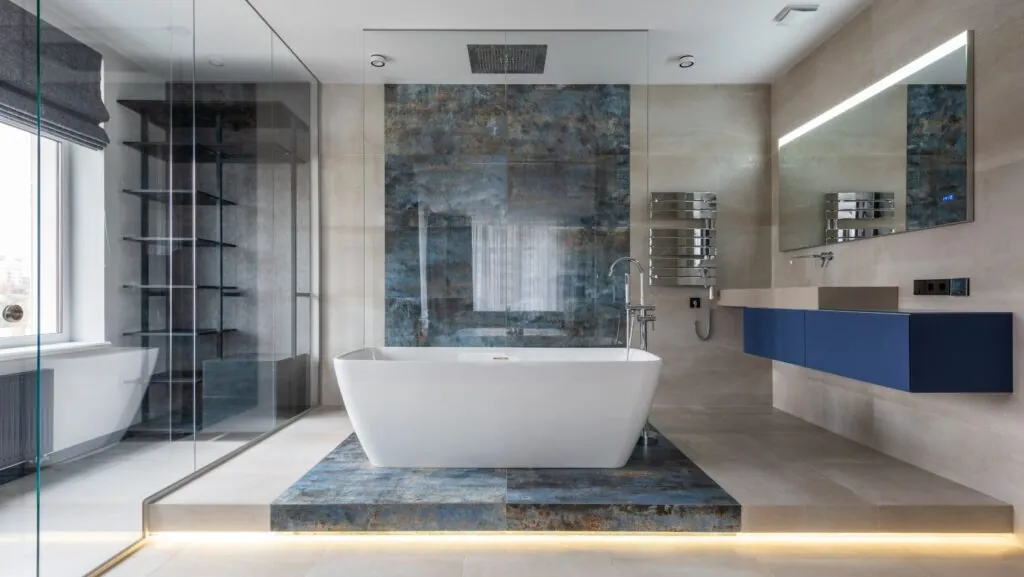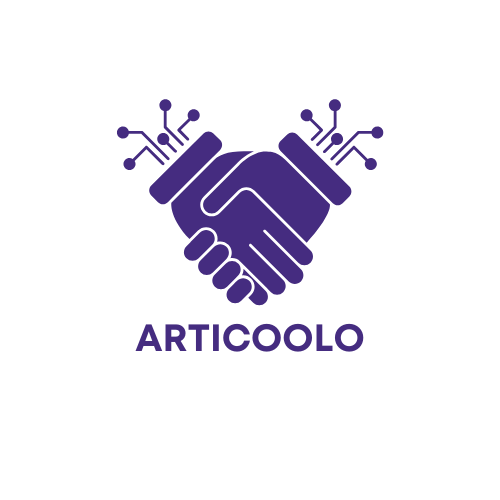In today’s fast-paced digital marketplace, personalization is no longer a luxury—it’s an expectation. Customers want to play an active role in shaping the products they buy, from sneakers to sofas. This shift has opened new opportunities for furniture brands to innovate through furniture configurator software, a powerful digital tool that allows customers to design and visualize furniture in real time. For manufacturers and retailers, the profit lies in more than just offering customization—it’s about streamlining production, reducing returns, and enhancing customer engagement through immersive digital experiences.
From Showroom to Screen: A New Way to Shop for Furniture
Traditional furniture shopping often involves a frustrating guessing game. Customers browse through catalogs or visit showrooms, trying to imagine how a piece might look in their space or how a different fabric would change the feel. This uncertainty leads to hesitation—and often, abandoned carts.
Furniture configurator software eliminates this pain point by turning imagination into interaction. Customers can explore endless variations of a product—changing colors, materials, dimensions, and finishes—with just a few clicks. High-quality 3D visualization and augmented reality (AR) integrations even allow them to see the item virtually placed in their room.
The impact on sales is significant. When buyers can see exactly what they’re getting, confidence rises, conversion rates climb, and the likelihood of returns drops dramatically. In fact, brands using advanced 3D configurators often report double-digit increases in online conversion rates and a sharp reduction in post-purchase dissatisfaction.
Customization at Scale: Turning Complexity into a Competitive Edge
The beauty of a furniture configurator isn’t just in its sleek visuals—it’s in its ability to manage complexity behind the scenes. Traditionally, offering custom furniture meant maintaining a massive inventory or relying on long production cycles. Now, configurators make mass customization scalable.
Each digital configuration corresponds to real production data. Once a customer finalizes their design, the software generates precise specifications and manufacturing instructions automatically. This seamless link between front-end visualization and back-end production ensures efficiency, accuracy, and speed.
For example, a customer might design a modular sofa with a specific layout, upholstery fabric, and leg material. The configurator captures these details and passes them directly to the factory floor. No miscommunication, no manual data entry—just smooth digital-to-physical execution. The result: fewer errors, faster delivery, and happier customers.
Immersive Experiences Drive Emotional Engagement
Beyond convenience, configurator technology creates an emotional connection between the customer and the product. Instead of passively browsing, users become co-designers. They experiment, explore, and make decisions that reflect their personal taste.
This interactivity transforms the customer journey into an experience rather than a transaction. When someone spends time designing “their” piece of furniture, they build a sense of ownership even before making the purchase. That emotional investment increases brand loyalty and makes price less of a deciding factor.
In-store, the same configurators can be deployed on touchscreen kiosks or tablets, blending digital engagement with tactile experience. Sales associates become design consultants, guiding customers through real-time customization that feels both high-tech and personal.
Data-Driven Insights: Turning Interaction into Intelligence
Every click, color change, or configuration made within the software generates valuable data. Over time, this data forms a rich map of customer preferences and emerging design trends.

Manufacturers can identify which materials or color palettes are most popular and adjust production accordingly. Retailers can tailor marketing campaigns around real user behavior—promoting top configurations or launching new collections inspired by customer-generated designs.
In essence, furniture configurator software acts as both a sales engine and a research tool. It bridges the gap between what brands think customers want and what customers actually design for themselves.
Sustainability Through Smart Production
As sustainability becomes a central concern for modern consumers, configurator-driven manufacturing offers a clear advantage. By producing only what customers order, companies reduce excess inventory, waste, and overproduction.
The precision of digital configuration also minimizes material waste. Each order is based on accurate specifications, so resources are used efficiently from the start. Combined with data analytics, brands can make informed decisions about sustainable materials or localized production to further reduce environmental impact.
Implementing a Configurator: Strategic Considerations
Adopting a furniture configurator isn’t just a tech upgrade—it’s a strategic move that reshapes the entire digital ecosystem. Success depends on several factors:
- Integration: The configurator must connect seamlessly with e-commerce platforms, ERP systems, and manufacturing software to ensure real-time accuracy.
- User Experience: A visually appealing, intuitive interface encourages engagement. The smoother the experience, the higher the conversion rate.
- Content Quality: Photorealistic 3D renderings and AR functionality elevate credibility. Customers must trust that what they see is what they’ll get.
- Marketing Alignment: A configurator can become a centerpiece of a brand’s storytelling—highlighting craftsmanship, sustainability, or design flexibility.
When executed well, the technology doesn’t just improve online shopping—it redefines it.
The Future of Digital Furniture Commerce
As digital transformation accelerates across industries, furniture brands embracing interactive, customer-centric tools will stand out from the crowd. The next generation of furniture configurator software will likely incorporate AI-driven recommendations, predictive design suggestions, and even virtual reality showrooms—further blurring the line between imagination and reality.
For businesses ready to innovate, configurators offer more than customization—they offer connection. They merge design, data, and emotion into a single, dynamic experience that delights customers and drives growth.
In the evolving world of digital commerce, the brands that let customers create will always outshine those that only let them choose.














Discussion about this post